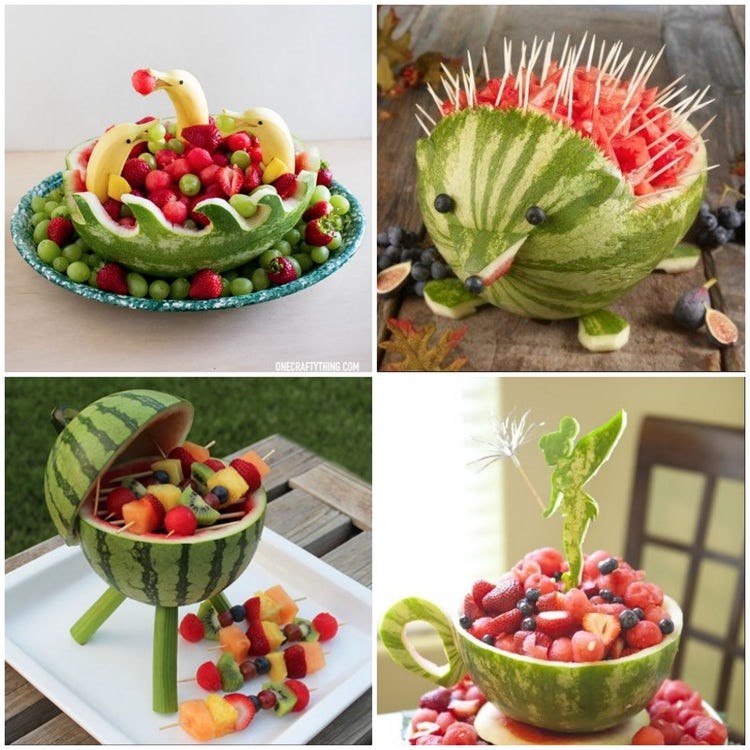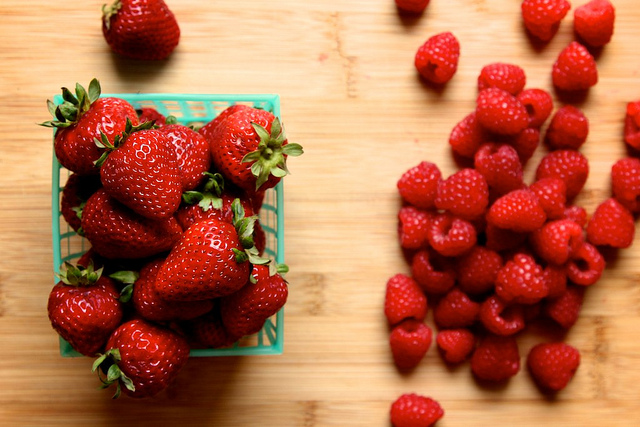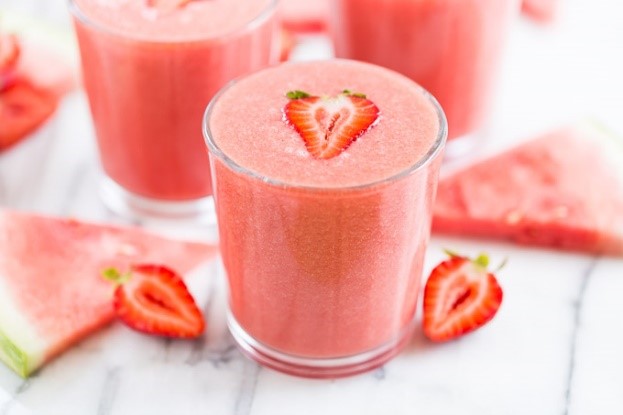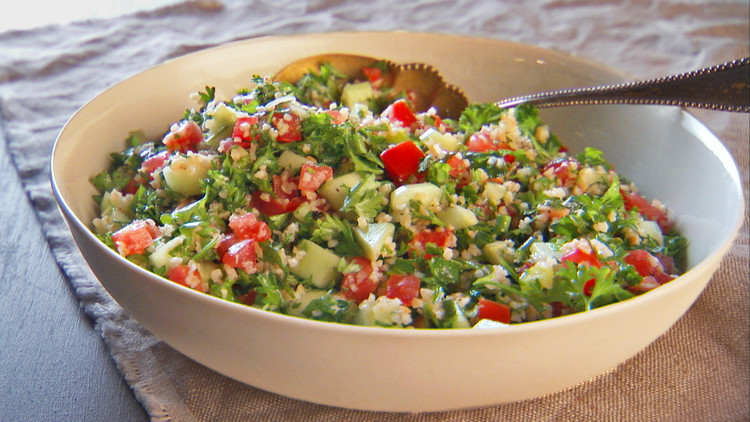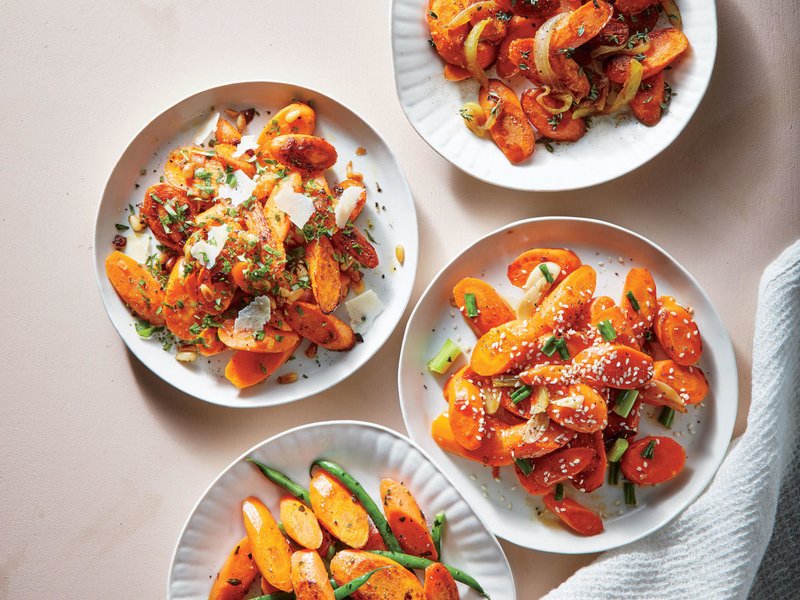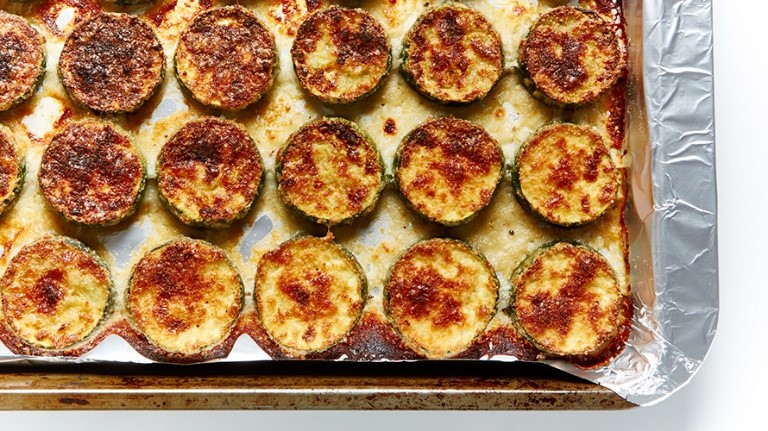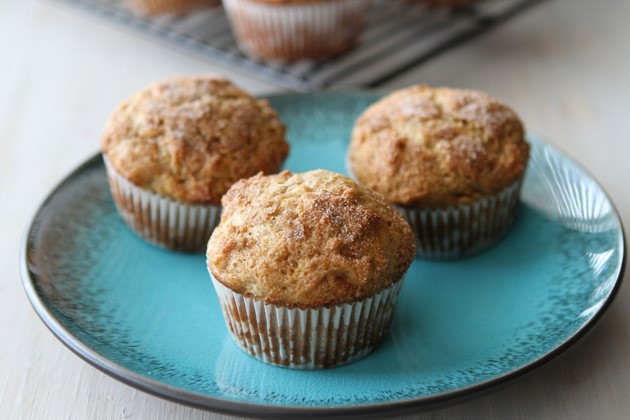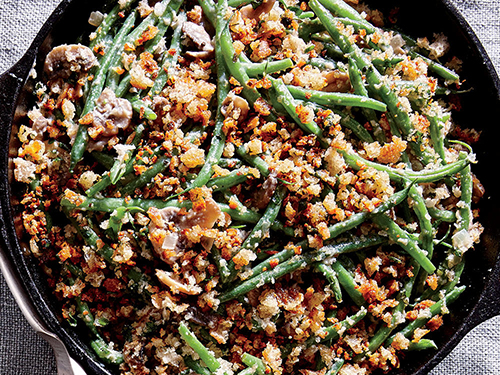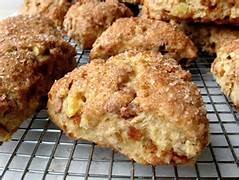
Treat yourself to some delicious watermelon on August 3rd, National Watermelon day! Watermelon is a tasty summer snack that will also help keep you hydrated. Watermelon is fat free and low in calories, with 2 cups of diced watermelon providing only 80 calories. Nutritionally speaking, watermelons are packed with vitamins A and C, Lycopene, Potassium, and amino acids. In Pennsylvania, watermelons are in peak season August through October, so now is the perfect time to learn some fun ways to incorporate watermelons into your day.
The many ways to enjoy a watermelon
Watermelons are delicious as is, however if you want to mix it up, they can be juiced, thrown into a smoothie, grilled, or frozen. If you are feeling crafty, they can be made into a beautiful carving before consumption. Watermelons, along with some other fruits, have a high water content (about 92%). Whether you plan on going to the beach, picnic, or to a baseball game, watermelons are the perfect snack, as they will help keep you hydrated!
Tips on choosing your perfect watermelon
Believe it or not, there are many things to look for when choosing watermelons. Did you know that there are “boy” and “girl” watermelons, each looking different, and having a different taste as well? “Boy” watermelons are longer, and have a higher water content (best for juicing). “Girl” watermelons are more round, and are sweeter. In general, when selecting watermelons, make sure you pick it up and inspect it. The heavier the watermelon, the better! Turn the watermelon over, and look for a creamy, yellow spot on the bottom, this means the melon is ripe. If it is a light green, it is not ripe enough. Give the watermelon a good squeeze to make sure it is nice and firm and contains no soft spots. Ripe, cut watermelon can be stored in a container with a lid in the refrigerator for up to one week. Unripe watermelons can be stored at room temperature for up to two weeks, or until ripe. When preparing watermelon, make sure you give the whole watermelon a thorough rinse before cutting in half. Prepare as desired, and enjoy!

Healthy, Hydrating Watermelon Smoothie
Serves: 2
Ingredients:
1 ½- 2 cups fresh watermelon, cubed
1 cup fresh or frozen strawberries
½ banana fresh or frozen (frozen will add a creamier taste)
½ cup yogurt (optional)
Juice of 1 lime or lemon
*Tip-Add ice cubes, if you are using fresh fruit, instead of frozen.
Instructions:
- Add all ingredients to a blender, blend until creamy and smooth.
- Taste, and add ingredients as needed (add more banana for a sweeter option; add more watermelon for a more intense watermelon flavor, etc.)
- Top with garnish of choice! (Fresh strawberries, chia seeds, lemon slice, etc.). Enjoy!
